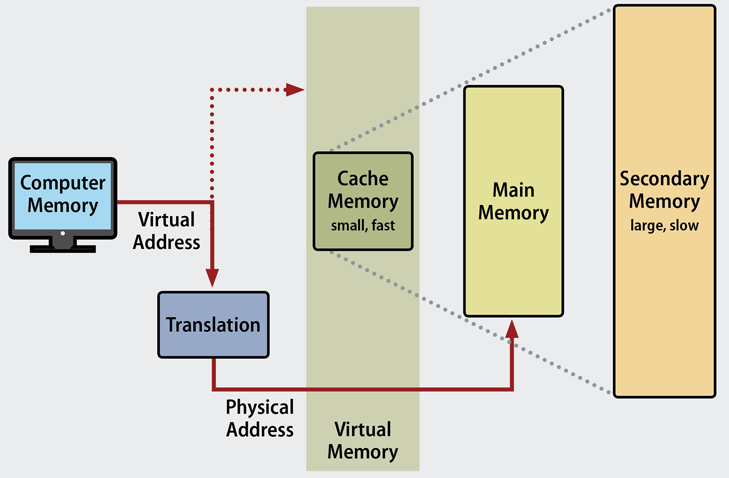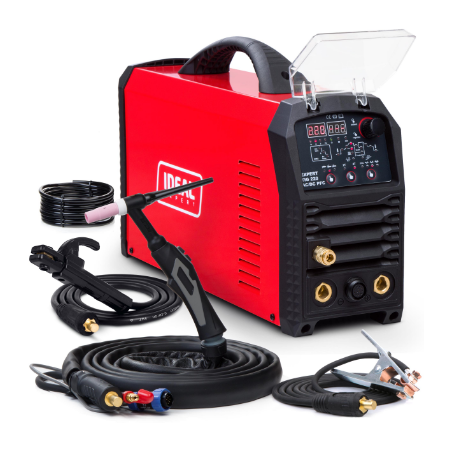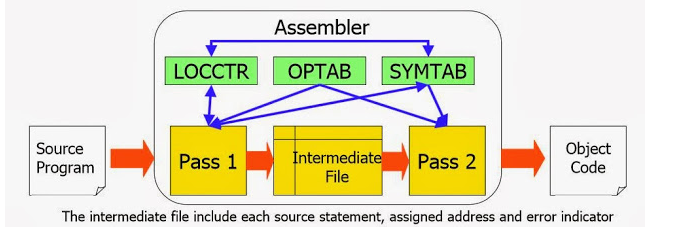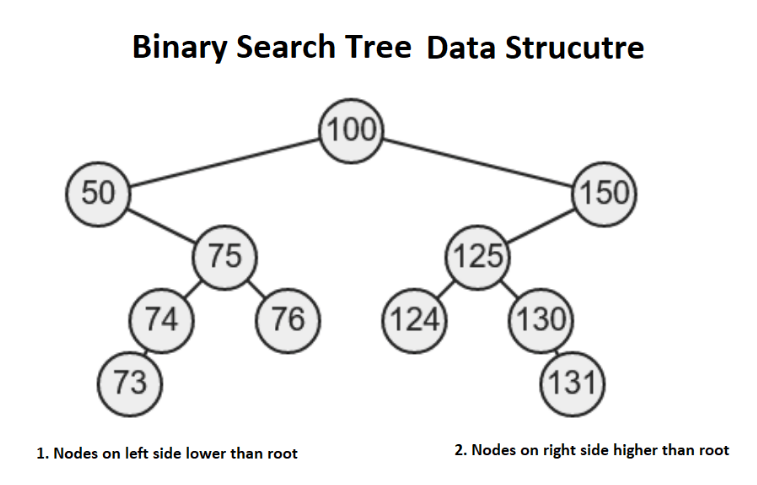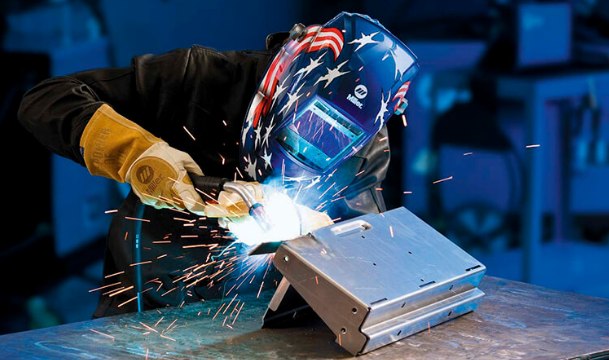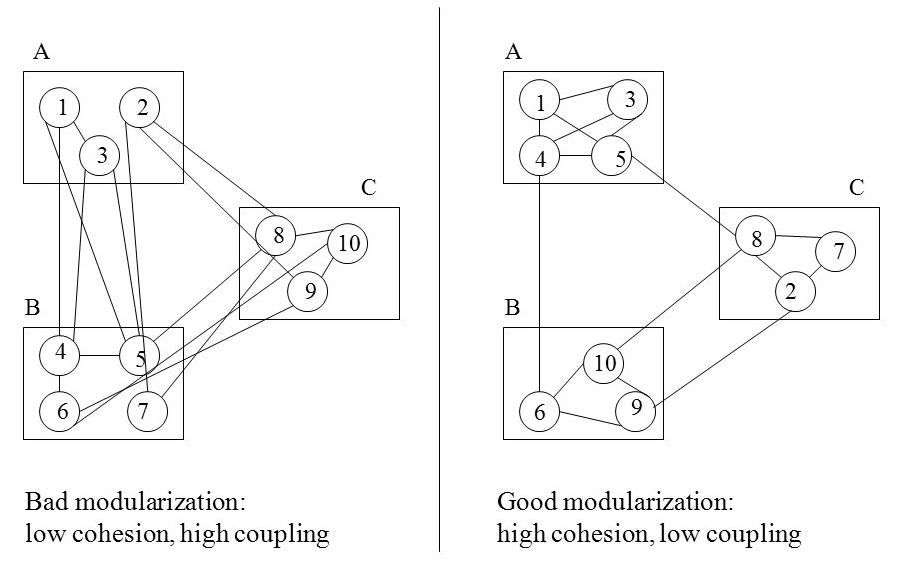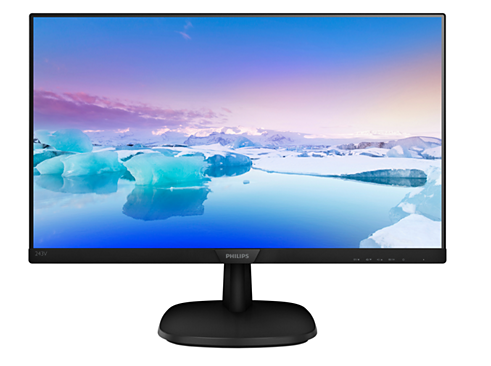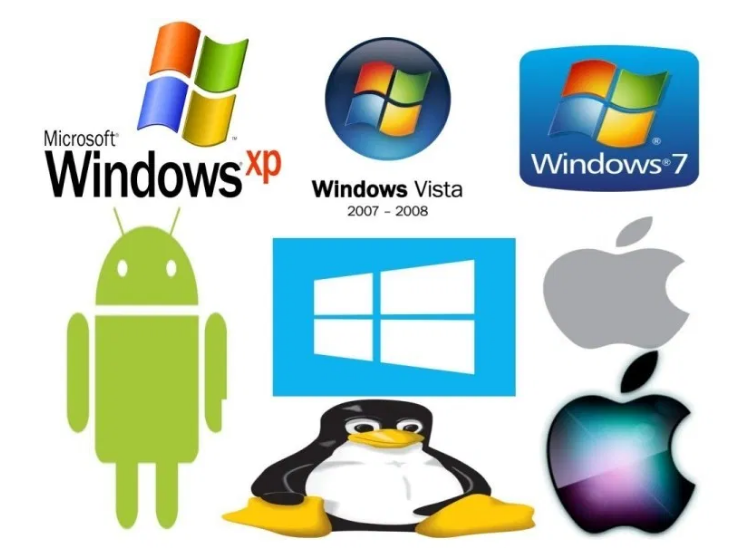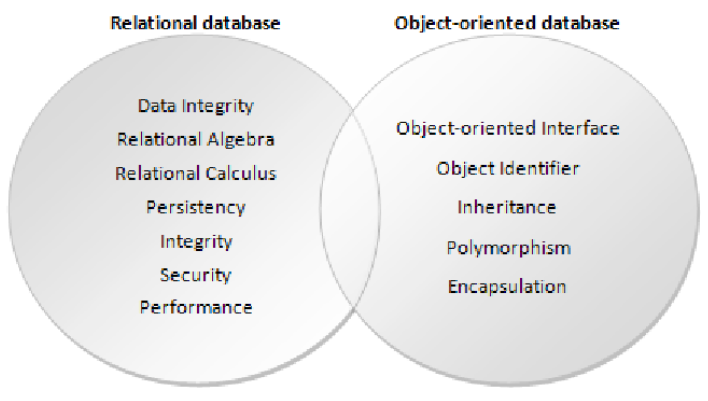10 Difference Between Cache Memory And Virtual Memory In Computer Architecture
Virtual Memory Virtual memory is a memory management capability of an operating system (OS) that uses hardware and software to allow a computer to compensate for physical memory shortages by temporarily transferring data from random access memory (RAM) to disk storage. In other words, it is the separation of logical memory from physical memory. This … Read more
